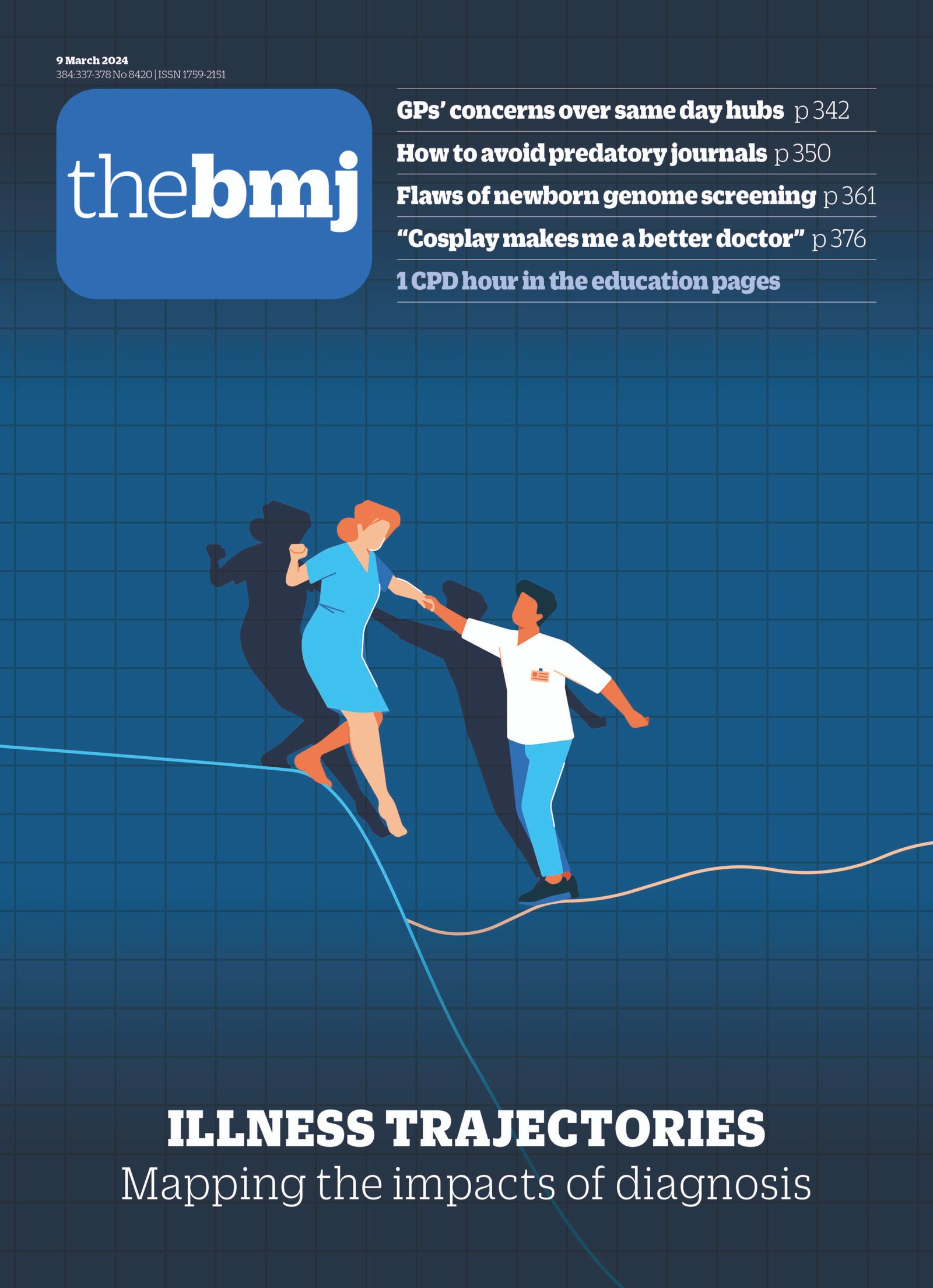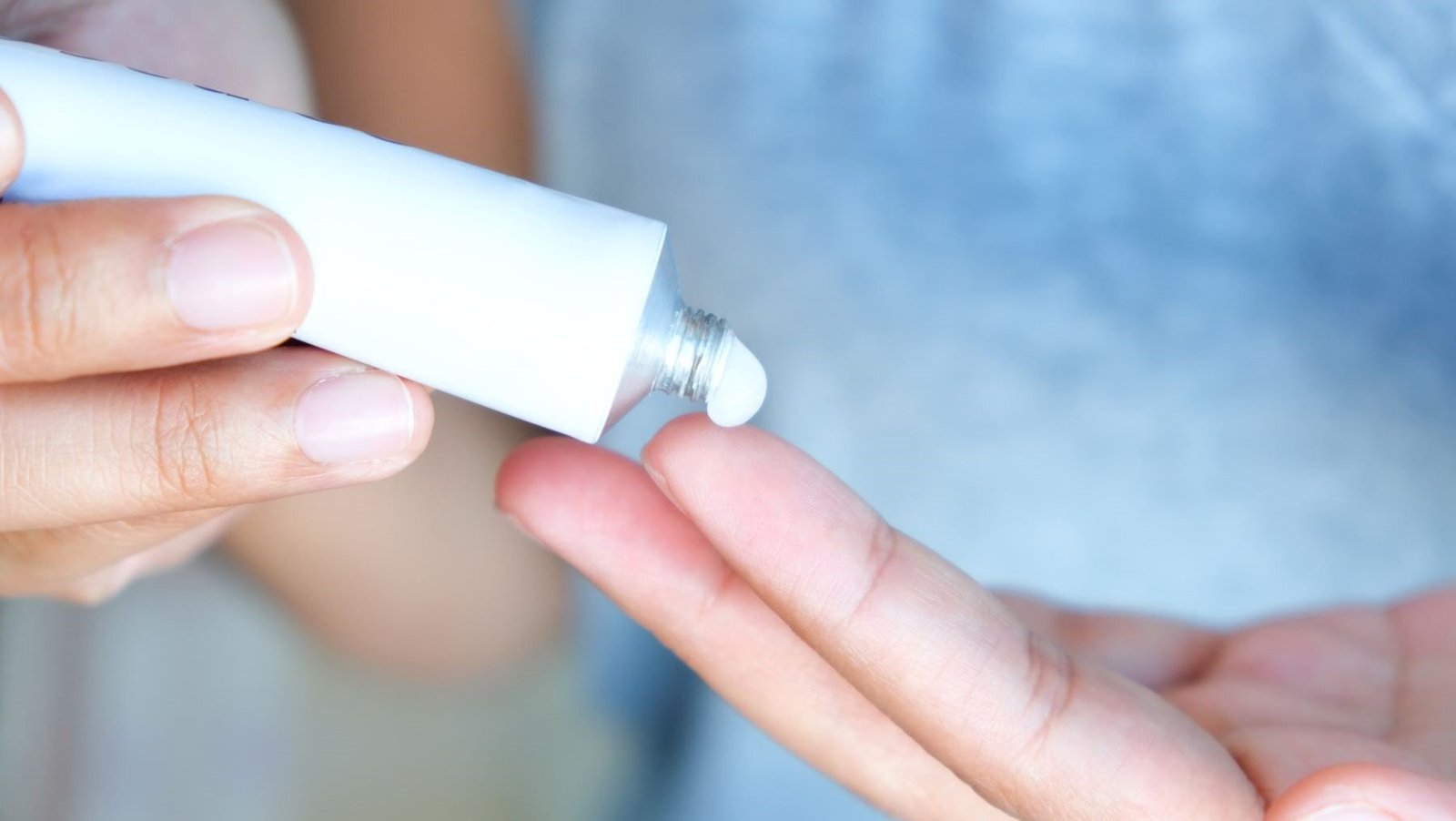Subclinical hypothyroidism
Don’t be in a hurry to diagnose or treat older adults suspected of having subclinical hypothyroidism. That’s the message from an analysis of pooled data from two randomised trials. Two thousand people with biochemical subclinical hypothyroidism (defined as an elevated thyroid stimulating hormone (TSH) measurement combined with a free thyroxine level within the laboratory reference range) were assessed for eligibility for trials of thyroid replacement. During the pre-trial phase, TSH levels became normal in more than half of the participants (J Clin Endocrinol Metabol doi:10.1210/clinem/dgad623).
Suicide rates among members of the UK armed forces
Suicide rates have been decreasing in the Royal Air Force since the 1950s, in the Royal Navy since the 1970s, and in the army since the 1980s. Since the 1950s, suicide rates among members of the armed forces have been lower than in the population generally, and the difference has widened in recent decades. A policy change in the mid 1990s that led to restricted access to weapons coincided with a fall in the suicide rate by firearms and explosives (BMJ Mil Health doi:10.1136/military-2022-002309).
Transcatheter versus surgical aortic valve replacement
Evaluated 10 years after the procedure, there’s little to choose between different approaches to aortic valve replacement. The Nordic Aortic Valve Intervention trial randomised 280 patients, mean age 79, either to transcatheter or to surgical replacement. After 10 years, the cumulative risk of the composite outcome (death from any cause, stroke, or myocardial infarction) was 65.5% in both groups, with no differences in individual outcomes (Eur Heart J doi:10.1093/eurheartj/ehae043).

Anaesthesia for hip fracture surgery
Long term outcomes in a comparison of spinal anaesthesia with general anaesthesia for hip fracture surgery didn’t differ between either. A large trial in 46 hospitals in the US and Canada randomised patients requiring surgery for hip fracture repair either to spinal or to general anaesthesia (N Engl J Med doi:10.1056/NEJMoa2113514). Sixty days after surgery, survival and recovery of ambulation were the same in both treatment arms. The investigators now report that survival, ambulation, and need for nursing home care remain similar after a year (Anaesthesiology doi:10.1097/ALN.0000000000004807).
Risk factors for young onset dementia
An investigation among 360 000 participants of the UK Biobank study explored sociodemographic, genetic, lifestyle, environmental, psychiatric, and blood marker risk factors for young onset dementia. In a multivariable Cox proportional hazards regression model, 15 factors reached statistical significance. However, only three—orthostatic hypotension and a history of depression or alcohol use disorder—were associated with hazard ratios greater than 2 (JAMA Neurol doi:10.1001/jamaneurol.2023.4929).
Seizures in multiple sclerosis
Data from 54 000 patients with multiple sclerosis who were taking part in treatment trials contained 120 seizure events over two years’ observation. This puts the incidence of seizures at 68 per 100 000 patient years, which is about twice as high as in the population generally. Most seizures were generalised tonic-clonic seizures. Seizures were commoner in people with rapid progression of disease, longer disease duration, higher disability levels, and lower brain volume. Nearly half the seizure events occurred in trials involving fingolimod or other sphingosine-1-phosphate receptor modulators—an observation that needs further investigation (J Neurol Neurosurg Psychiatry doi:10.1136/jnnp-2023-332996).










